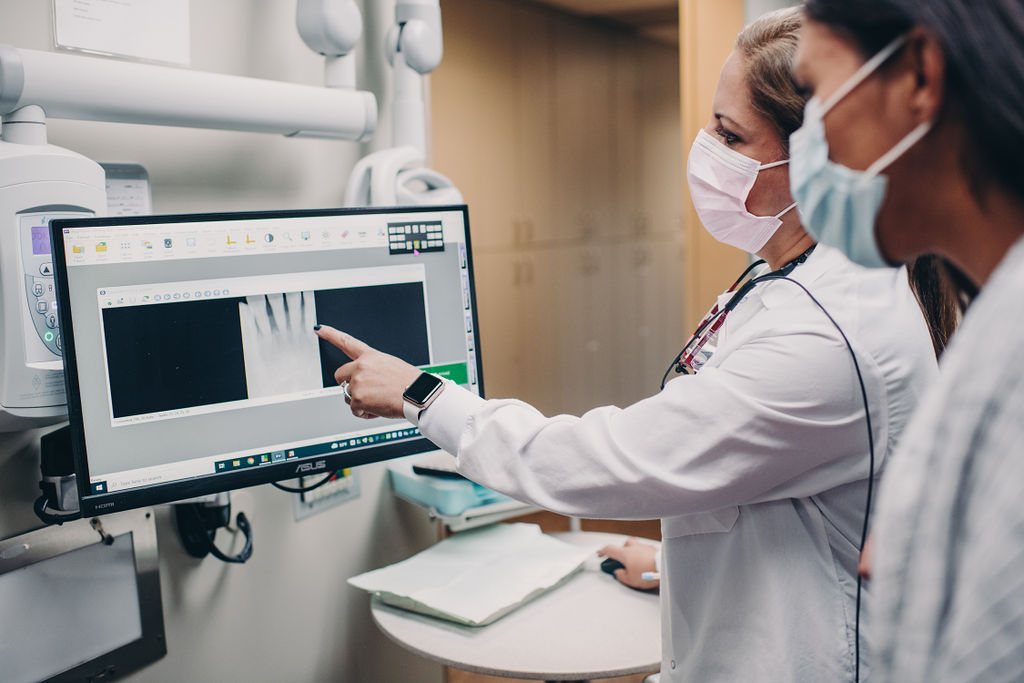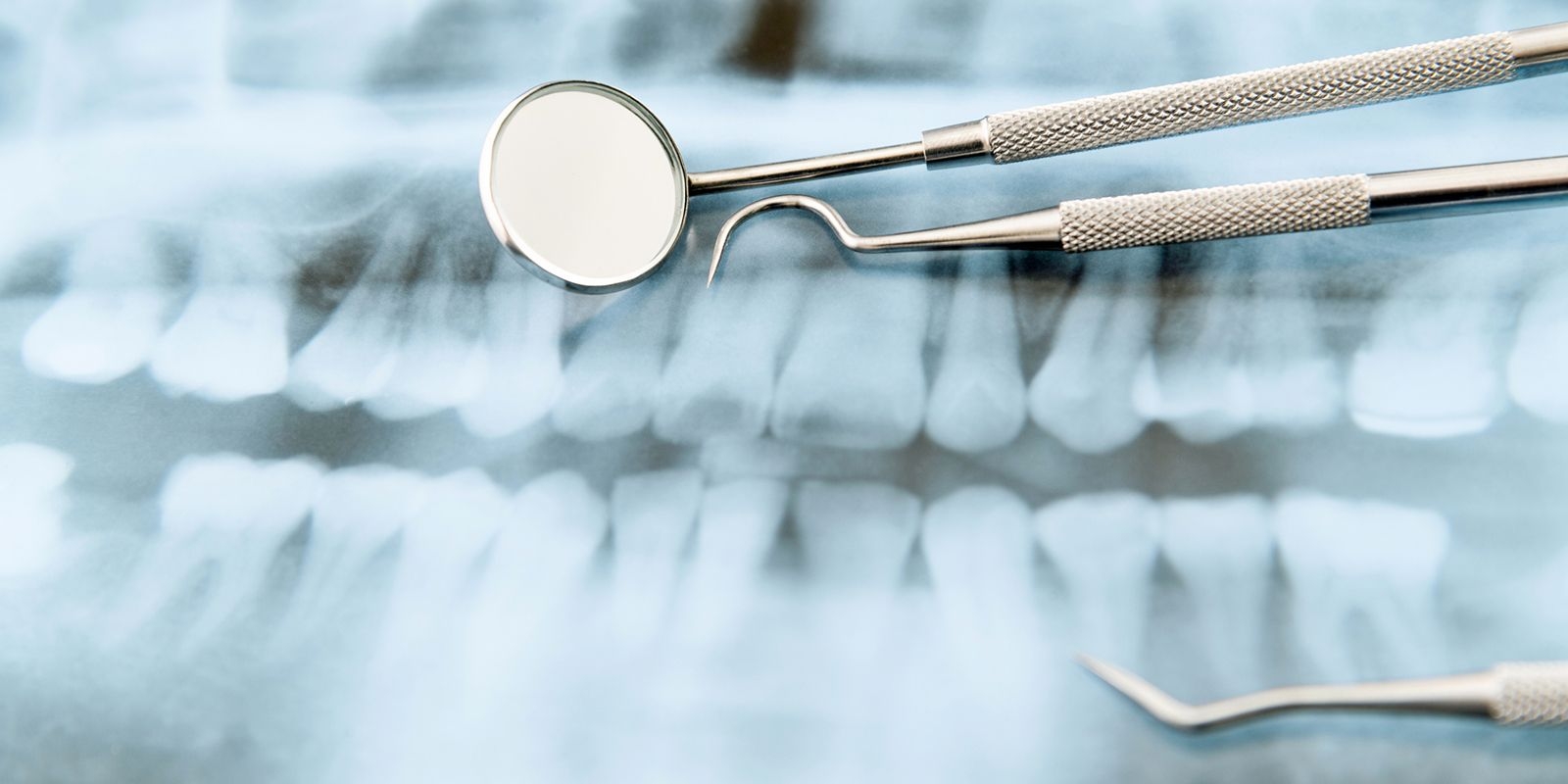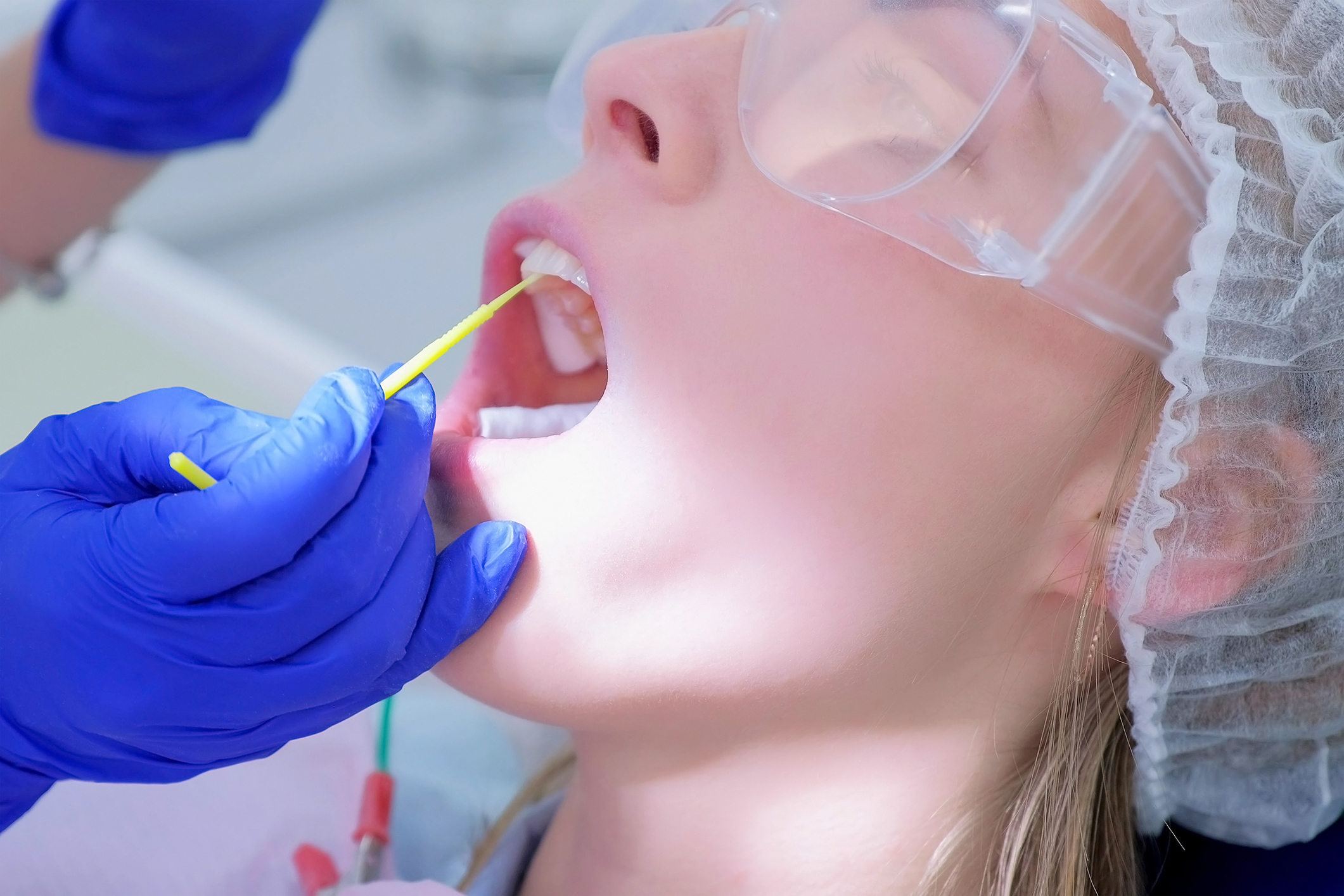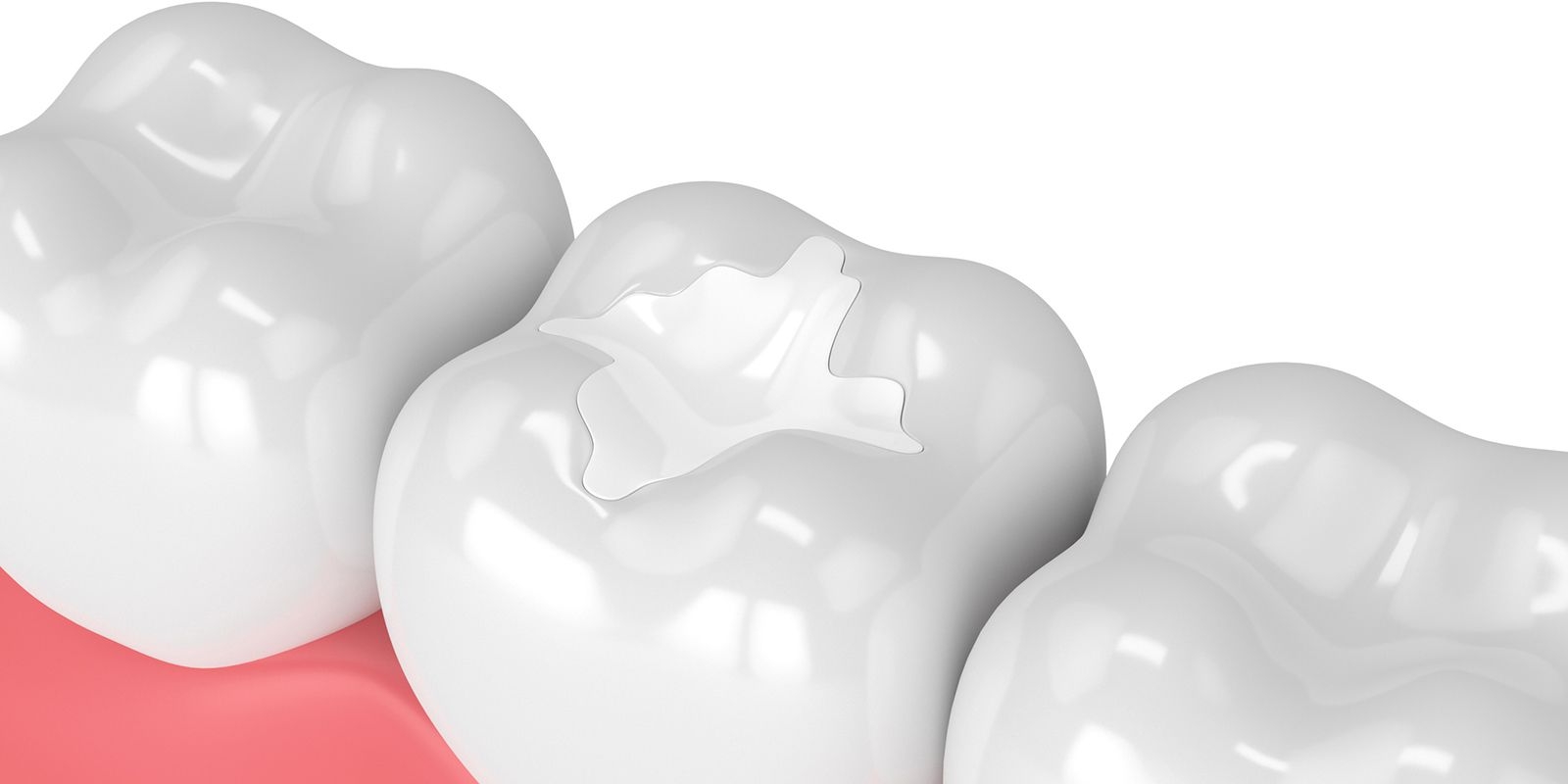X-rays
Dental X-rays Explained
Dental X-rays (radiographs) are a diagnostic tool that help to diagnose issues that are not visible to the human eye. There are two main types:
- Intraoral (the X-ray film is inside the mouth)
- Extraoral (the X-ray film is outside the mouth)
Intraoral are the most common type of dental x-rays and there are several types, including:
- Bitewing – shows the details of the upper and lower teeth in one area of the mouth.
- Periapical – shows the whole tooth — from the crown, to beyond the root where the tooth attaches into the jaw.
- Occlusal – track the development and placement of an entire arch of teeth in either the upper or lower jaw.

The most common extraoral X-ray is a panoramic, which shows the entire mouth. This type of X ray is used to view the temporomandibular joints (TMJ), bone levels, missing teeth, impacted teeth, cysts, sinus health, and more.
What to Expect
Bitewing X-rays are commonly recommended once per year, but this can vary depending on the patient. Not only can the timing vary, but the type of X-rays needed may vary from patient to patient. Whatever type of X-rays your dentist prescribes your experience will be quick and comfortable.
You may require a higher frequency of X-rays if you fall into the following categories:
- Children: Generally need more frequent X-rays, as developing teeth and jaws need to be monitored as they grow. Their teeth are more likely to be affected by tooth decay than adults.
- Adults with a lot of restorative work: Examine for decay beneath existing restorations or in new areas.
- People who drink a lot of sugary beverages: Higher risk of tooth decay.
- Those with periodontal (gum) disease: Monitor bone loss.
- Experiencing dry mouth: Dry mouth conditions can increase the risk of tooth decay.
- Smokers: To monitor bone loss that results from gum disease (smokers are at increased risk of gum disease).
We pride ourselves in using the latest technology. You will find that we use all digital equipment with the most cutting edge technology. This allows us to be effective and efficient, ensuring that our patients remain comfortable
X-ray Safety
Dental X-rays are completely safe. It is a very small amount of radiation that the body is exposed to and the chance of side effects are very small and quite rare. Our clinic utilizes digital X-ray technology to further limit radiation exposure as well as increase patient comfort. Because of the small exposure to radiation heavy weighted lead aprons are no longer required. Furthermore, we follow the ALARA principle, which stands for “As Low As Reasonably Achievable,” when obtaining radiographs.
Frequently Asked Questions About Dental X-Rays
Are dental X-rays safe?
Yes. Dental X-rays use a very low level of radiation and are considered safe for both children and adults. At Bassett Creek Dental, we use digital X-rays, which reduce radiation exposure by up to 90% compared to traditional film.
Why do I need dental X-rays?
X-rays allow us to see areas of your mouth that aren’t visible during a regular dental exam. They help detect early signs of tooth decay, gum disease, bone loss, cysts, infections, and more—often before you feel any symptoms.
How often should I get dental X-rays?
The frequency depends on your individual health needs. Most patients receive bitewing X-rays once a year and a full-mouth series every 3–5 years. If you have a history of dental issues, your dentist may recommend X-rays more frequently.
Do children need dental X-rays?
Yes. Children may need X-rays more often than adults because their teeth and jaws are still developing. X-rays help monitor growth, detect decay, and ensure proper spacing for incoming adult teeth.
What types of dental X-rays are there?
Common types include:
- Bitewing X-rays: Used to detect cavities between teeth.
- Periapical X-rays: Focus on the root of the tooth and surrounding bone.
- Panoramic X-rays: Provide a full view of the mouth in a single image.
- Cone Beam CT (CBCT): 3D imaging for advanced diagnostics and treatment planning.
“When we moved here, we needed to find a dentist. These guys are great. Very friendly and helpful, and you can’t beat evening hours! Great with insurance and very quick to answer questions. In fact, they have even called when I told them how desperate I was for a specific time. I have no complaints. Oh, and the dentists take great care in knowing that you are comfortable during any of their procedures.”
Related Articles

Are Dental X-Rays Safe?
At Bassett Creek Dental, we know patients often wonder: Are dental X-rays safe? The short answer is yes—and we’re here to help you understand why.

Fluoride Explained
When it comes to a healthy smile fluoride is an important mineral that can help strengthen and protect the enamel of your teeth. Normally, fluoride

What are Dental Sealants? Do I Need Them?
Brushing and flossing daily is the best way to prevent tooth decay. However, small crevices and ridges may make it difficult to thoroughly clean the
Book an Appointment
Make an appointment today and take advantage of one of the best New Patient Dental Specials Minneapolis has to offer!
